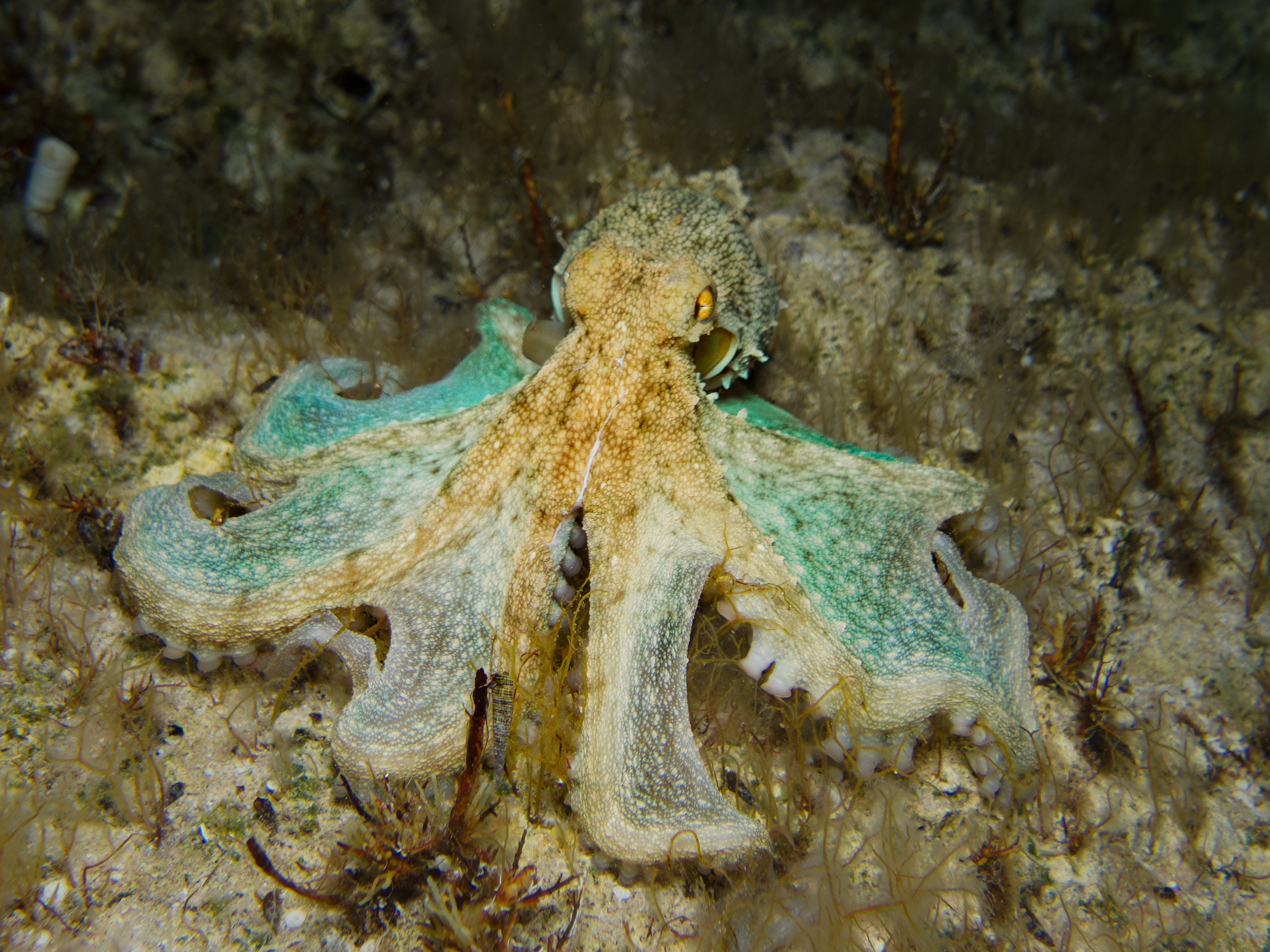10 Fun Facts About Octopuses That Make Them Seem Almost Alien
In the vast tapestry of marine life, octopuses stand out as fascinating and enigmatic creatures, often blurring the line between fact and fiction. With their alien-like appearance and extraordinary abilities, these cephalopods have inspired countless cultural myths and legends. From the ocean's mysterious depths, octopuses have emerged as symbols of mystery and intelligence, captivating the human imagination for centuries. This article delves into the otherworldly aspects of octopuses, exploring 10 surprising insights that reveal their complex nature and challenge our understanding of life in the ocean. The allure of octopuses extends beyond their physical and cognitive abilities. They have captured the human imagination through art, literature, and folklore, often portrayed as mysterious and powerful beings. Join us as we embark on a journey into the enigmatic world of otherworldly octopuses, uncovering insights that blur the line between reality and imagination.
1. The Alien Anatomy: A Closer Look at Octopus Physiology

Octopuses possess an anatomy that is as alien as it is fascinating, making them one of the most unique creatures on Earth. Unlike most animals, octopuses have a decentralized nervous system, with two-thirds of their neurons located in their arms. This allows each arm to operate semi-independently, capable of complex movements and reactions without direct input from the brain. This decentralized structure contributes to their remarkable dexterity and problem-solving abilities, enabling them to rapidly manipulate objects and navigate their environment. The octopus's body is a marvel of evolutionary adaptation. Their soft, boneless form allows them to squeeze through incredibly tight spaces, a skill that is essential for evading predators and hunting prey. Their skin is equipped with specialized cells called chromatophores, which enable them to change color and pattern almost instantaneously. This ability not only aids in camouflage but also plays a role in communication and signaling to other octopuses. The versatility of their skin is a testament to their evolutionary success in the marine environment.
Another intriguing aspect of octopus physiology is their unique circulatory system. Octopuses have three hearts: two pump blood to the gills, while the third circulates it to the rest of the body. Their blood is copper-based, containing a molecule called hemocyanin, which is more efficient than hemoglobin in transporting oxygen in cold, low-oxygen environments. This adaptation allows octopuses to thrive in the deep ocean, where conditions are harsh and resources are scarce. The alien-like features of octopuses are not just peculiarities; they are finely tuned adaptations that have allowed these creatures to survive and flourish in diverse marine habitats.